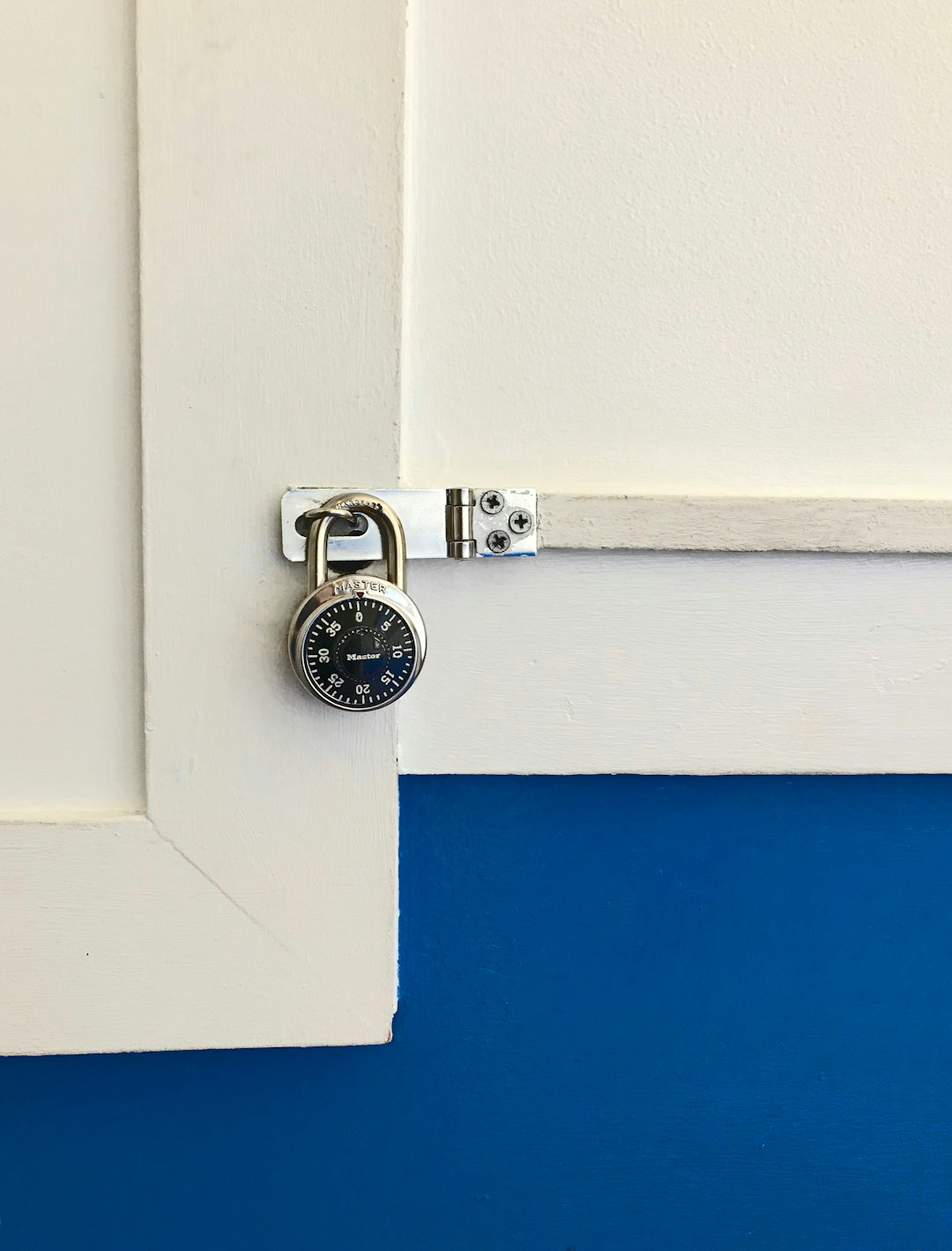
Securely Distributing Clustered Authentication with Mirroring for Efficient Drupal Packaging
In an era where web applications demand both security and efficiency, Securely Distributing Clustered Authentication with Mirroring for Efficient Drupal Packaging has emerged as a vital topic for developers and system administrators alike. This approach not only enhances security but also streamlines the deployment process, making it an essential practice in modern DevOps.
Understanding Clustered Authentication
Clustered authentication refers to a system where multiple servers work together to authenticate users. This method improves reliability and security as it distributes the load across several servers. In the context of Drupal, a popular content management system, clustered authentication can be a game-changer, especially for large-scale applications.
Why Mirroring Matters
Mirroring is the process of creating exact copies of data across different servers. This redundancy ensures that if one server fails, another can take over without losing any authentication data. When combined with clustered authentication, mirroring provides a robust solution for distributing authentication requests securely.
The Importance of Secure Distribution
Security is paramount in any authentication system. Securely Distributing Clustered Authentication ensures that sensitive data is protected during transmission and storage. By employing encryption protocols such as TLS/SSL, organizations can mitigate the risks associated with data breaches.
Implementing Secure Distribution
To implement secure distribution effectively, consider the following steps:
- Choose the Right Infrastructure: Utilize cloud platforms like AWS or Google Cloud that provide built-in security features.
- Utilize Load Balancers: Load balancers can distribute incoming authentication requests across clustered servers, ensuring no single server is overwhelmed.
- Implement Redundancy: Use multiple authentication servers and mirror them to maintain data integrity and availability.
- Employ Encryption: Use strong encryption methods to secure data both at rest and in transit.
Case Study: Drupal’s Authentication Mechanism
A notable example of using clustered authentication with mirroring can be observed in a multinational company’s Drupal deployment. The company faced challenges with user authentication during peak traffic hours. By implementing a clustered authentication system with mirroring, they were able to handle increased loads efficiently while maintaining a secure environment.
Results
- Reduced Downtime: The mirrored setup allowed for seamless failover, reducing downtime during server maintenance.
- Enhanced Security: With encrypted data transmission, the company significantly decreased the risk of data breaches.
- Improved User Experience: Users experienced faster login times, even during peak hours, due to the distributed nature of the authentication process.
Current Trends in Drupal Authentication
As organizations continue to evolve, the need for more sophisticated authentication methods is becoming apparent. Some emerging trends include:
- Multi-Factor Authentication (MFA): Adding an extra layer of security to the authentication process.
- Single Sign-On (SSO): Allowing users to authenticate once and gain access to multiple applications.
- Decentralized Identity: Leveraging blockchain technology to manage identities securely.
Tools and Resources for Further Learning
To dive deeper into Securely Distributing Clustered Authentication with Mirroring for Efficient Drupal Packaging, here are some valuable resources:
Conclusion
Implementing Securely Distributing Clustered Authentication with Mirroring for Efficient Drupal Packaging is not just a technical requirement but a strategic move towards enhanced security and efficiency. As web applications grow in complexity, adopting these practices will ensure that your Drupal site remains secure and performant.
By sharing this knowledge with your peers and staying updated with the latest trends, you can contribute to a more secure web environment. Don’t forget to explore the recommended resources and consider integrating these practices into your development workflow.
For anyone interested in optimizing their Drupal deployments, these insights will prove invaluable. Happy coding!
Glossary of Terms
- Clustered Authentication: A system where multiple servers work collaboratively to authenticate users.
- Mirroring: The replication of data across different servers to ensure redundancy.
- TLS/SSL: Protocols that provide secure communication over a computer network.
By focusing on these principles, developers and system administrators can enhance the security and efficiency of their applications, paving the way for robust digital experiences.


